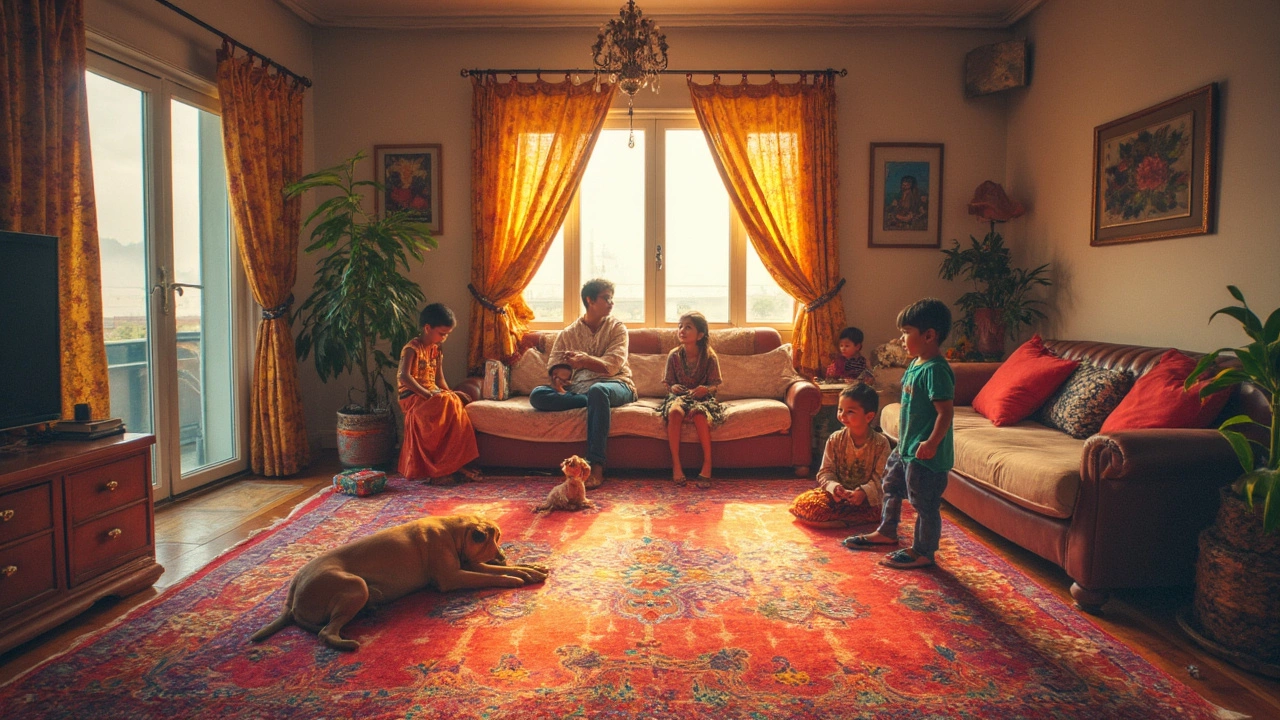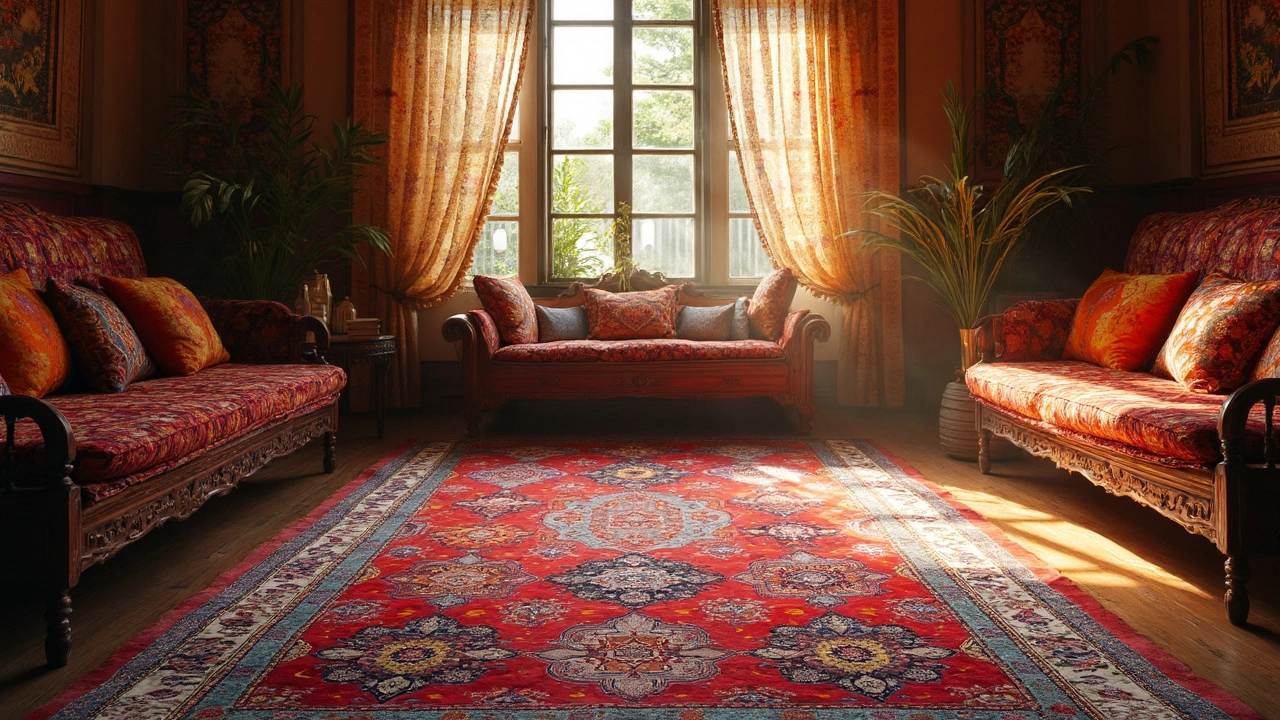
What is the Hardest Wearing Rug?
When choosing a rug that stands up to the chaos of everyday life—think kids, pets, and the occasional spill—the right pick can save you money and headaches in the long run. Hard-wearing rugs are not just about quality materials; they also bear the brunt of high foot traffic and require easy maintenance. Understanding which materials and designs best resist wear and tear can lead to selecting a rug that lasts for years to come. Dive into the essentials of what makes a rug not only look good but also withstand daily use. Balancing style and strength is key to finding that perfect durable rug for your space.
View More